Riding with Raynaud’s: How to beat cold hands and feet over winter
Symptoms of Raynaud's syndrome extend far beyond simply having chilly hands and feet, our experts guide you through the how-to on making winter riding bearable despite the disease
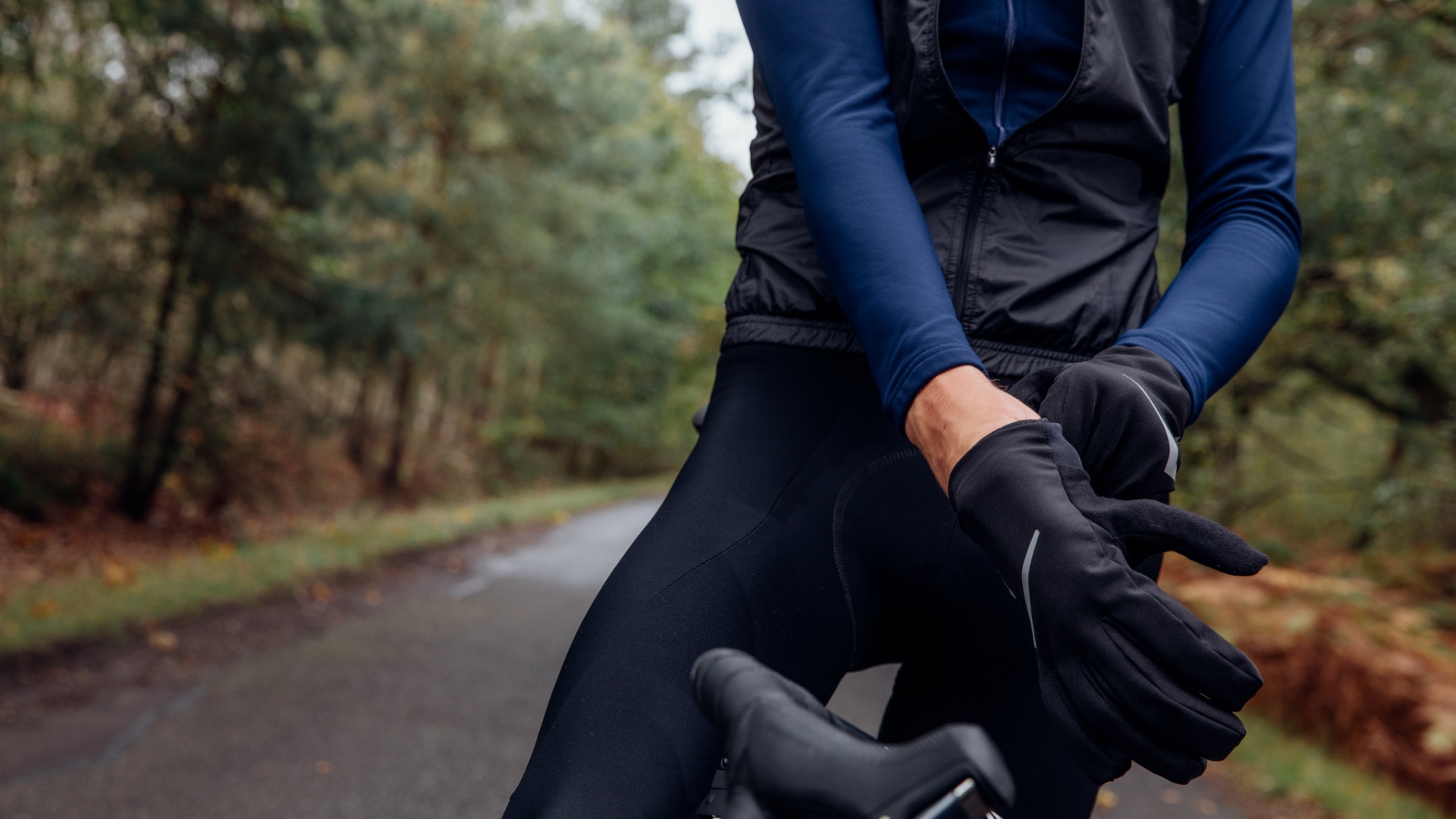
Most cyclists scan the weather forecast over the winter months but if you suffer with Raynaud’s a drop or two in temperature, or some windchill, could have serious consequences. It might lead to hours of agonisingly sore fingers and toes and – even more worryingly – an inability to brake or shift gears due to numbness.
The symptoms of this disease - sometimes called a syndrome - which causes blood vessels to contract, leading to the characteristic white fingertips, vary from irritating tingling to excruciating pain. Many a ride has been shelved over concerns about the cold, but there are many ways to prevent an attack.
However, there are solutions available. Let’s explore all the options, from ‘lobster’ gloves to electrically charged socks. Hopefully, with a bit of cold proofing the outcome can be the open road over the indoor trainer.
The science of Reynaud's
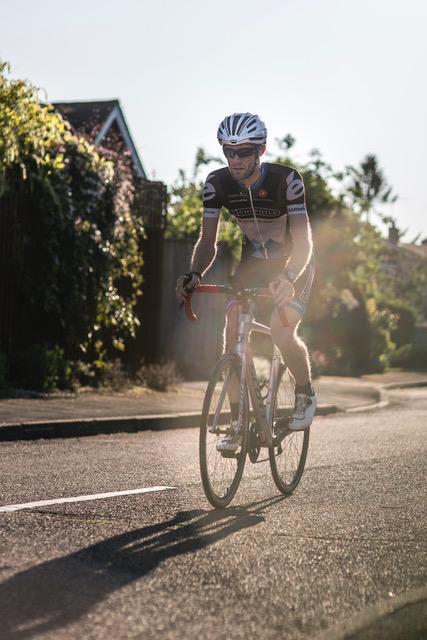
According to James Gill, triathlete, GP and Associate Professor at Warwick Medical School, Raynaud’s disease is a vascular phenomenon whereby blood vessels contract in response to cold. This is a natural reaction to a degree but here the reaction is extreme, leading to fingers turning white, or even blue. They are often numb leading to issues changing gear, braking and fixing roadside punctures.
Gill says Raynaud’s can also be triggered by stress. This can be emotional stress but for us cyclists it is more likely to be the ‘biological’ stress of pushing hard on the bike as well as the cold. So, a gruelling three-hour club ride on a frosty day might double your chances of an attack if you are susceptible.
According to Gill the hands and feet are basically the same ‘evolutionary speaking’ so diseases which affect the hands often affect the feet. While medication is occasionally given to Raynaud’s patients, such as the blood pressure treatment Nifedipine, Gill says this is usually only considered in severe cases and it would be preferable to try some of the tips listed above first. “We have to balance benefit verses risk,” he explains. “We don’t want to risk a cyclist come off the bike due to low blood pressure. As with many things in life prevention is better than cure.”
Try ‘lobster’ gloves
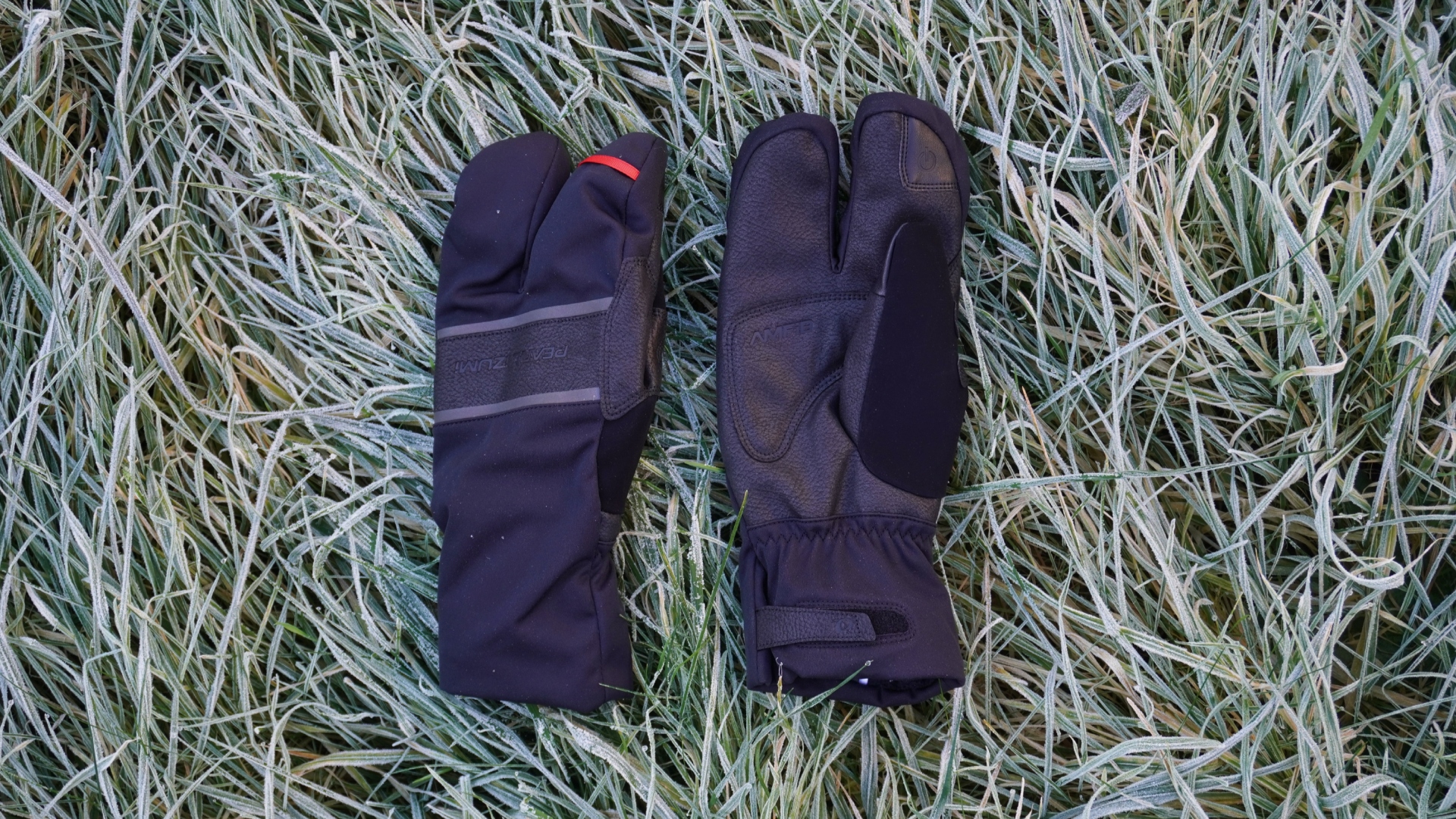
Lobster gloves keep the fingers pressed together which can make for a warmer experience
There are a lot of winter cycling gloves on the market which claim to be insulating but don’t always deliver the high level of warmth that cyclists with Raynaud’s require. Another issue here is that symptoms vary in intensity from person to person, so one type of glove could work wonders for one rider and leave another with icy fingers.
The latest race content, interviews, features, reviews and expert buying guides, direct to your inbox!
So-called lobster gloves keep two warm fingers pressed against each other instead of separating every finger as with normal gloves. Just check that they allow you the dexterity to switch gears or reach for the brakes easily. Opting for lobster gloves made by established cycling brand, such as these from Specialized or Giro, will make this more likely.
Layer your gloves
Some cyclists swear by a layering system by wearing thin silky or merino wool gloves underneath a more durable, waterproof one. This has the advantage of trapping and warming air between layers. There are ‘systems’ sold which do this for you by offering two or three different thickness gloves designed to be worn together. Ultimately, though, it’s a trial-and-error business as to whether this works for you.
Cycling Weekly gave the brand Dissent 133 a 4.5 star review for its layering system although noted that dexterity was reduced when wearing all three layers together.
Buy heat pads
Sliding a disposable hand warmer, such as the creations from Hot Hands -into each glove works well for some Raynaud’s sufferers. They will stay hot for up to 10 hours, so certainly for the duration of the average winter ride, but because you can only really position them on the wrist or palm they’ll keep that part of your hands cosy but not solve the main icy fingers issue.
Go electric
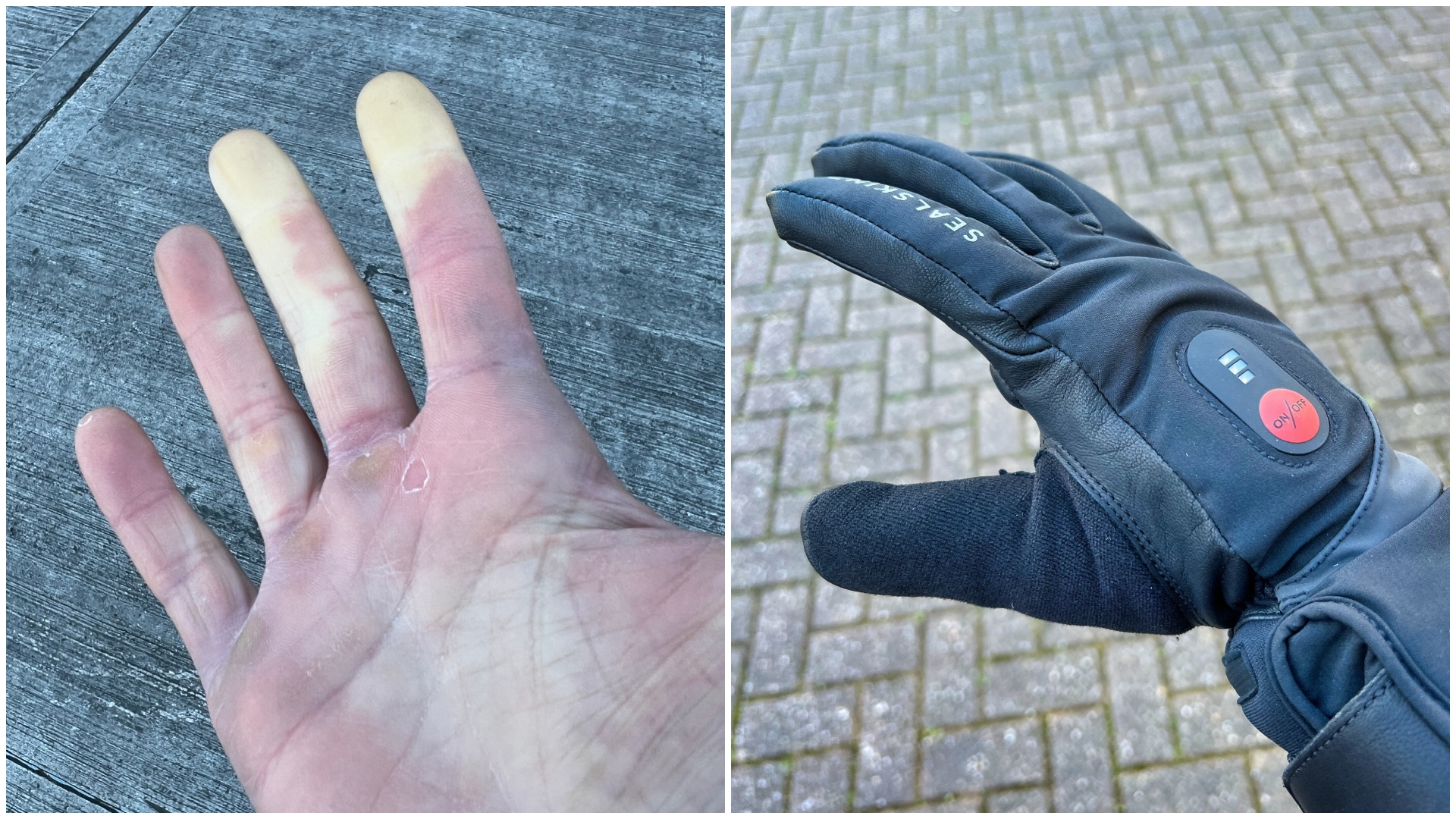
Hannah Bussey was taken by the Sealskinz electric gloves
You can also buy electric/rechargeable hand warmers, gloves and even socks. Reynaud’s expert and GP, Dr James Gill, is a ‘big fan’ of the electric hand warmer although he acknowledges he is just someone who feels the cold as opposed to a cyclist with Raynaud’s. However, when tech writer Hannah Bussey - who does suffer from Reynaud's - tried the Sealskinz pair, she was smitten.
The issue with some electrically charged gloves is that they heat the palm rather than the fingers which, for some cyclists means they don’t alleviate the symptoms. Most also look fine for hybrids or mountain bikes but look quite bulky to wear while riding a road bike.
Guard against windchill
Windchill can be just as triggering as a colder but calmer day with zero wind. Try windproof outer gloves, with a thin merino wool ‘liner’ glove underneath as produced by the company Ice Breaker. Merino wool is renowned for its insulating properties.
Cold-proof your summer shoes
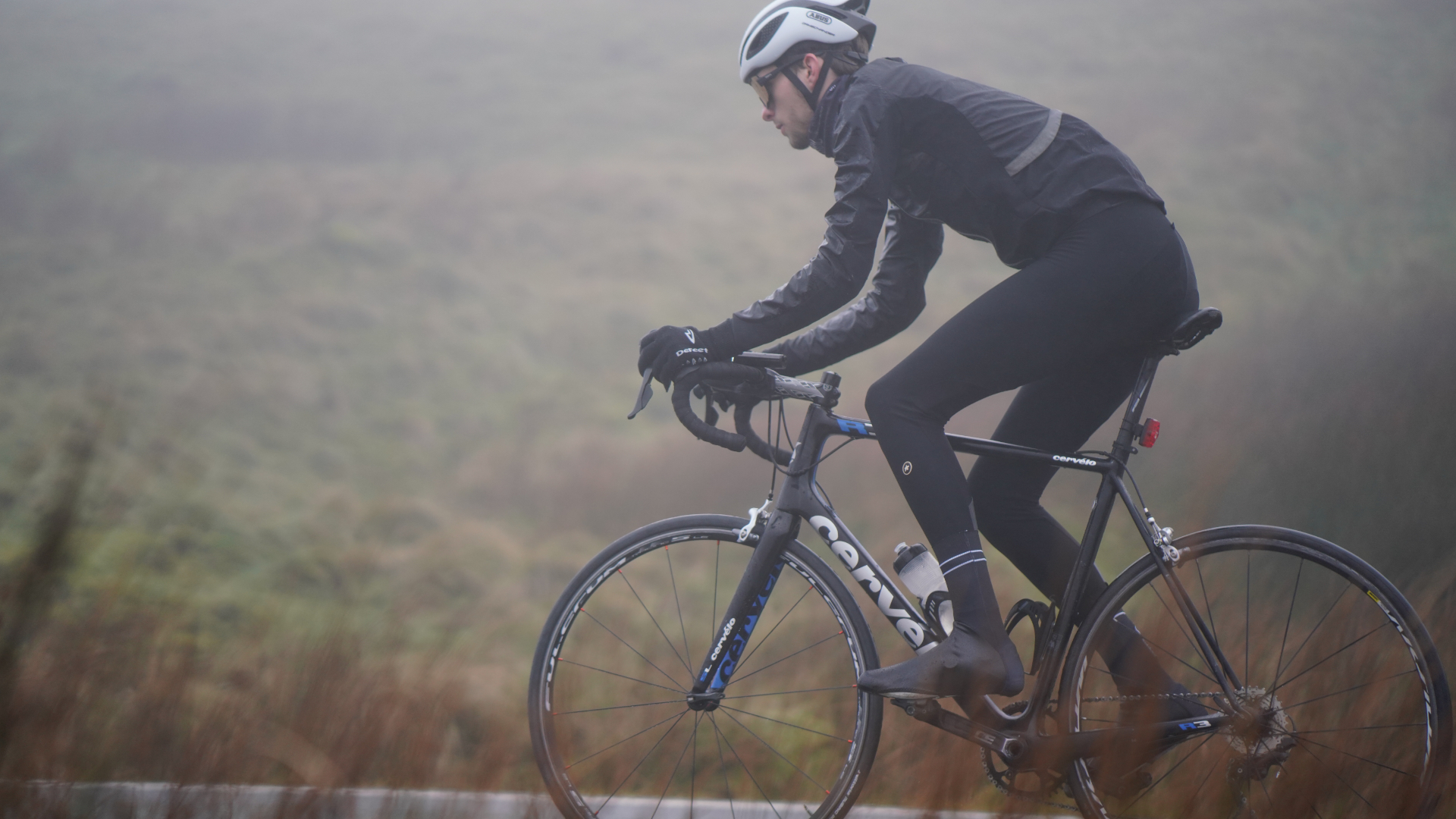
Overshoes alone may not be enough
Reynaud’s can affect any extremities, so sufferers prone to icy fingers often also get cold toes. Sometimes the usual route of layering overshoes and even additional toe covers is not sufficient to keep out the cold, even if they claim to be ‘thermal.’ Some riders go up a size in shoes to accommodate a thicker pair of socks, although it is advised not to jam feet into shoes too tightly as a thin space can between socks and shoes can allow air to warm and circulate. It also may further prevent already restricted blood flow.
Or just invest in winter shoes
If you’ve tried layering your normal cycling shoes with overshoes and/or toe covers to no avail, it might be time to bite the bullet and buy winter ones. Why? They have fewer vents than summer ones, more thermal insulation and look more like boots than shoes as being higher around the ankle to cover gaps between the shoes and bottom of your leg warmers. Fitzik, Lake and Northwave all do winter versions. As always, they vary according to thickness, foot width and the type of riding you want to do (on or off road). Head to our dedicated guide to the best winter shoes for a comprehensive review.
Thaw your hands gradually

Take time to warm up before you plant your hands straight onto a hot coffee cup
While it’s tempting to jump into a steaming bath as soon as you get home post-ride Dr Gill advises against re-heating those fingers and toes up too rapidly. This is likely to cause discomfort or even extreme pain as previously shut down blood vessels reopen. The advice is if you are at home immerse your hands in warm (rather than hot) water. If you’re stuck out on the road Gill advises using ‘straightforward physics’ by making circles with your arms to help shunt the blood back to the fingers. Sometimes wiggling the fingers and toes while riding (if safe to do so!) can stave off some of the worse symptoms.
‘Total numbness and an inability to change gears’

Raynaud’s sufferer of 30 years Lucy Collins has what can only be described as an extensive library of gloves to choose from and these are only the ones that have passed the chilly ride test. Collins estimates she’s spent hundreds of pounds on gloves that promised to keep her fingers toasty and just ended up in the bin. Many a ride has been abruptly aborted on the onset of Raynaud’s which causes total numbness and an inability to change gears, followed by a stressful race home and inability to even get the key in the door. An excruciating pain, which she describes as ‘hot poker pins and needles,’ then sets in as her hands start to warm up. After years of experimentation Collins has settled on Rapha’s Deep Winter gloves with a silk or merino wool liner underneath and Hot Hands hand warmers on her wrists which usually works above 1 or 2 degrees. But even this sometimes fails to prevent an onset and many a ride has been scrapped altogether due to concerns about the cold to be replaced by Zwift. Thankfully the gravel bike provides an alternative cycling option; it’s slower (therefore less wind chill) and allows her to wear slightly thicker gloves. The search for the foolproof solution for the road, meanwhile, continues, as does the expansion of the glove library.
Fitness instructor Lexie Williamson specializes in yoga for runners and cyclists and is the author of Yoga for Cyclists ($28 / £20, Bloomsbury Publishing).
You must confirm your public display name before commenting
Please logout and then login again, you will then be prompted to enter your display name.